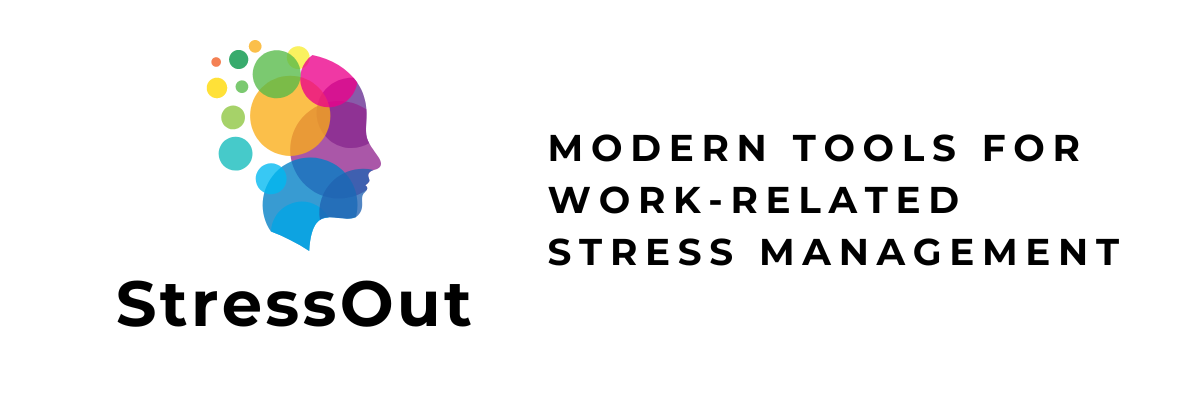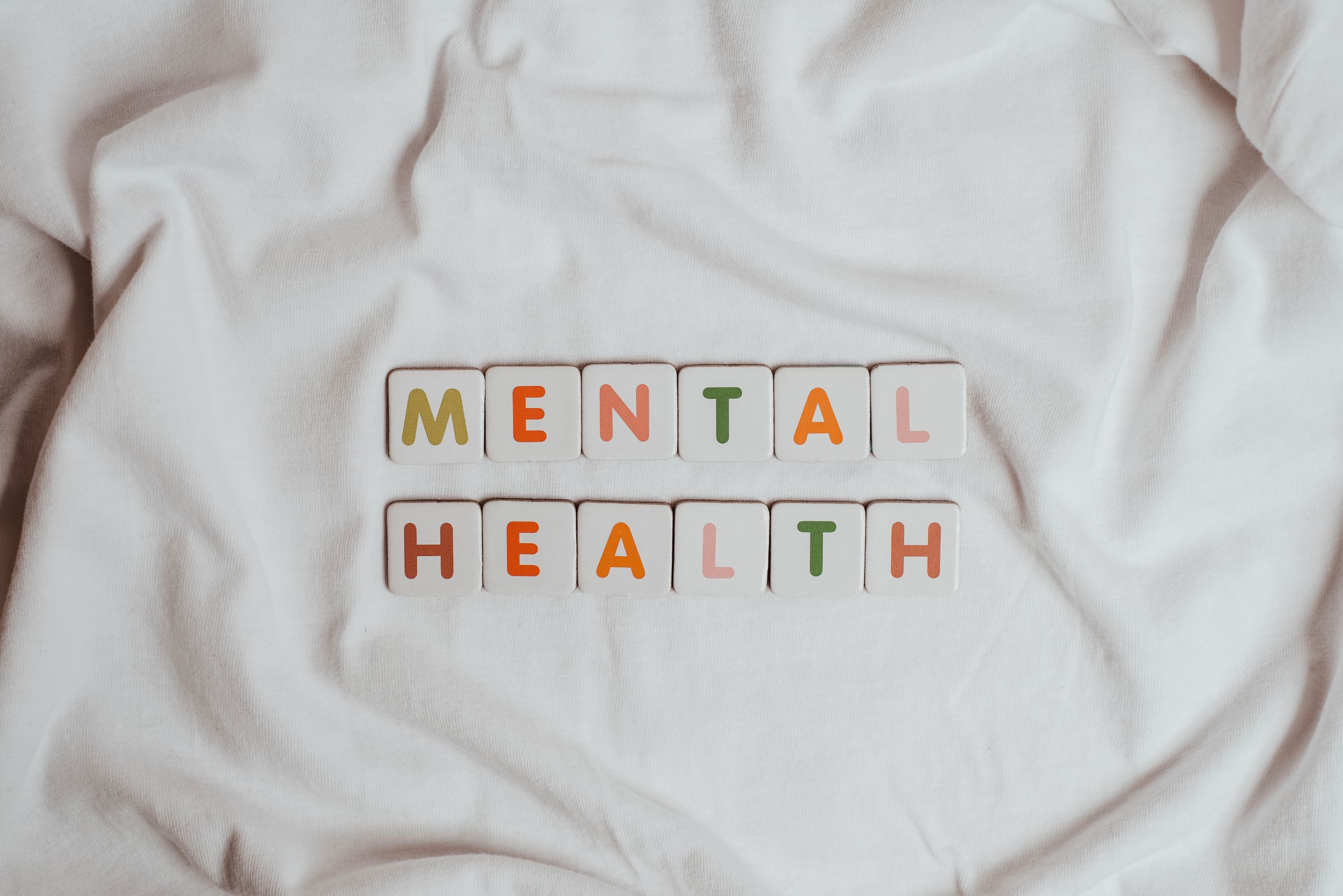Mental health in the digital age
Digital technology has become an increasingly big part of our personal and professional lives, as well as of our health care systems. Developments and technologies such as social media, electronic health records, apps, Artificial Intelligence (AI), telehealth and games all bring new opportunities and risks to mental wellbeing and the mental health care field. The impact of these risks and opportunities will likely not be equally distributed across the population. Local, national and European regulations and policies are necessary to minimise negative impacts and stimulate positive opportunities in an equal and inclusive way.
Mental Health Europe (MHE) has developed a vision on how European countries can optimise mental health in the digital age by applying a human rights framework as compass. They indicate which values they would like to have reflected in the digital world and what is needed to achieve them.
They made a huge report targets the general public, persons with psychosocial disabilities, policymakers, service providers, corporate and any other stakeholder interested in how to optimize mental health in the digital age.
The empowerment and meaningful engagement of different stakeholders – including people with lived experience – in debates and decisions on digitalisation and mental health is fundamental to ensure balanced policies and innovation and to guard against exacerbating health inequalities in society. This report (from December 2022) provides an assessment of the impact of the increasingly large presence and role of digital technologies in our lives on our mental health. It investigates how digitalisation is changing our personal and professional lives, as well as the way we receive mental health care.
With the StressOut project, we’re aiming to provide tools for stress prevention and stress management on both a personal and business level. The project will facilitate the creation of an innovative training course with experiential training activities to enable both employers and employees to combat work-related stress and burnout, as well as working techniques on how to prevent them via an easily accessible and modern tool.









